
For Waseem Khadra, fashion has never been about trends or surface beauty. It is about building a language, one that blends heritage with modernity, elegance with everyday life, and personal vision with cultural identity. Raised in Sharqia and shaped by Cairo’s contradictions, Waseem sees art and fashion as inseparable from the way he lives. His brand is not something outside of himself; it is who he is.
In this conversation, he shares how his upbringing shaped his outlook, why uniforms inspired one of his most meaningful collections, and how he hopes to position African and Arab creativity at the center of global fashion.
Who is Waseem Abo Khadra?
I am Waseem Abu Khadra. I don’t like to confine myself to a specific title, but if I had to choose one, I would call myself an artist. For me, art is not just about production or design, it is a way of life and a complete vision. I try to create my own world, to live in it, and to share it with others. I see myself and the brand as one entity. I am the brand, and the brand is me.
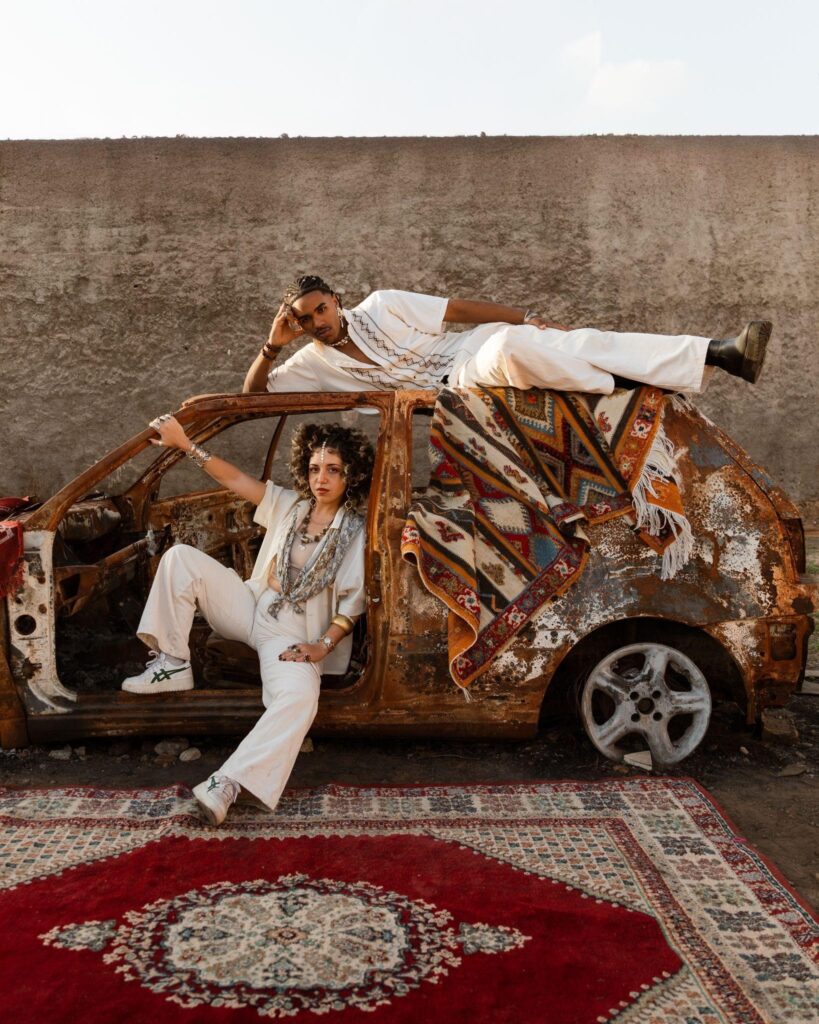
What is the vision behind Waseem Khadra?
The vision is to build a unique language of elegance that brings together different eras, cultures, and social classes. I draw inspiration from Arab and Egyptian culture, from Islamic roots, from Africa, and from the global scene. I balance between heritage and modernity, between nobility and the working or marginalized classes.
What was your first source of inspiration?
I cannot define a single beginning, but I believe the beginning was my birth. From childhood, my eyes were always drawn to details: why does someone choose this cut, that color, that accessory?
For me, clothing was never just about appearance; it was always identity, culture, and philosophy. That innate curiosity shaped me and continues to guide me.
How did Cairo and your upbringing shape your style?
I grew up in Sharqia, where rural and urban life meet. That environment shaped my vision early on. But Cairo added a deeper layer, it is an exceptional city, holding every contradiction: order and chaos, heritage and modernity, ancient history and contemporary architecture, all religions and all social classes. These contrasts formed my visual and intellectual personality and taught me that contradiction is not a flaw but a source of inspiration and richness.
Which collection is closest to you and why?
The collection closest to me is the one I presented at Moscow Fashion Week. Its concept was inspired by uniforms and professional tools. I wanted to show how clothing and accessories are not just decoration, but instruments that help every profession to create and perform.
The message was clear: professions are interdependent. The doctor needs the craftsman, the craftsman needs security, and the farmer sustains them all. This human and social balance is what keeps the world whole.
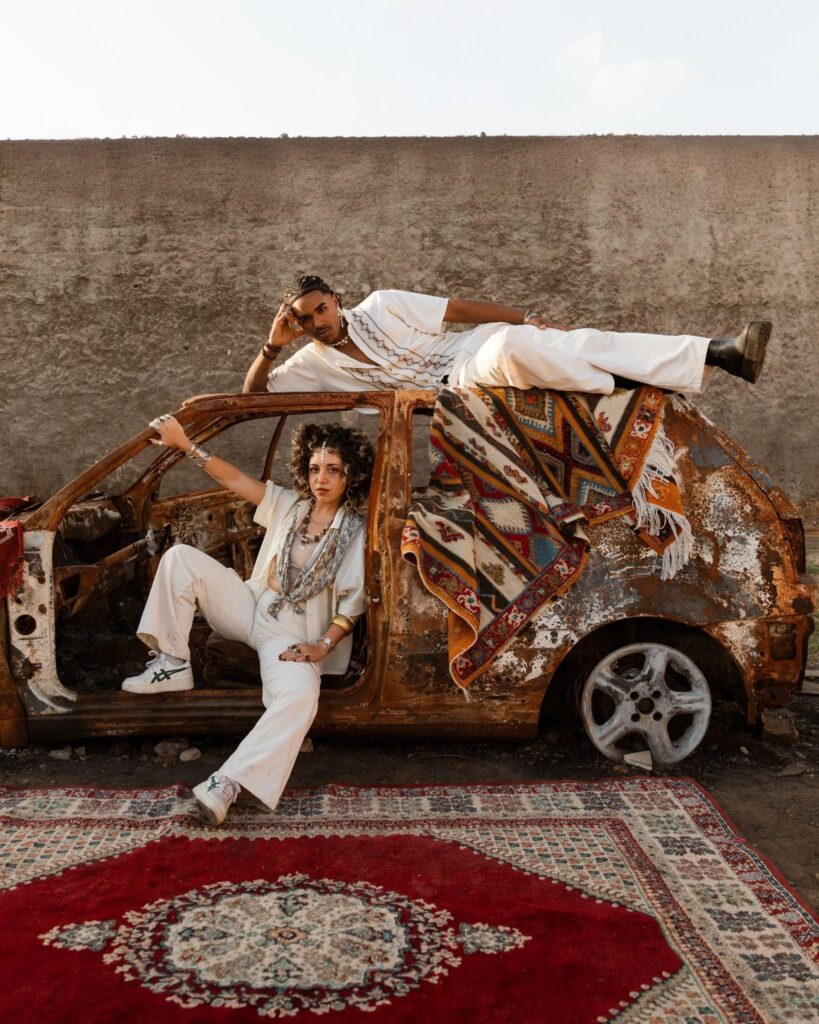
How does your fashion and art reflect Cairo and Africa?
Cairo and Africa are endlessly rich in architecture, culture, landscapes, and history. The element of chaos is part of this charm, it is what makes art here different. I learned from this environment that there are no rigid rules in fashion or art. Here, one plus one can equal three. This freedom, this openness to possibility, is at the core of my work and vision.
The industry can be competitive. What’s the biggest challenge you’ve faced in Egypt’s fashion scene, and how did you overcome it?
Egypt’s fashion scene is growing and evolving on many fronts, but it still carries a degree of spontaneity and lack of structure. While this is part of Egypt’s character, it can slow down an industry that depends on precision, speed, and strict timing. For me, the solution was always to stay ahead, anticipating obstacles before they appeared and creating my own rhythm within the chaos.
This approach allowed me to remain consistent and carve out a space where I could move with freedom.
Who are the designers, artists, or cultural figures who most influence your creativity?
Ralph Lauren has always been one of my greatest inspirations. He never considered himself a fashion designer in the conventional sense, and he often said he disliked fashion as a passing idea. What he created instead was a complete world built on his vision, one that has remained timeless and unique. I also deeply admire Thom Browne for his ability to craft a singular, uncompromising identity-an entire universe of style that he has fiercely protected and expanded with remarkable clarity.
Looking at African fashion broadly, where does Waseem Khadra fit within the continental conversation?
Africa’s strength lies in its refusal to dissolve into mainstream fashion. The continent’s richness comes from its heritage – distinct, alive, and deeply rooted. Africa continues to produce creatives who blend tradition with modernity, alongside others who present heritage in its purest form as their only inspiration. I believe both voices are essential. My ambition is not just to participate in this conversation, but to lead it – to stand as a voice that represents both Africa and the Arab world within the global stage.
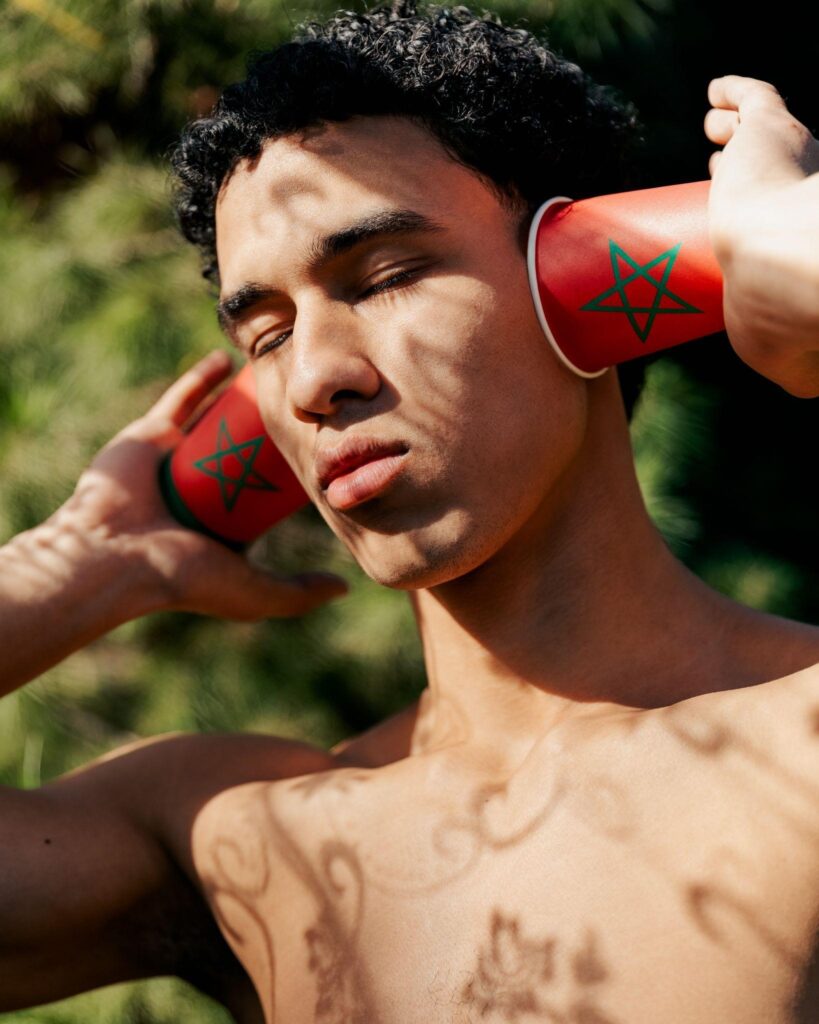
What’s next for Waseem Khadra? Can you give us a glimpse of upcoming projects or ambitions?
The next step is to firmly establish my roots in Egypt and from there expand to the world. My ambition is for people to recognize me through my spirit, not only through a logo. I want every piece of Waseem Khadra to offer more than clothing: to give its owner a feeling, a story, an added layer of identity. For me, fashion is not about garments alone – it is about experiences that stay with you and become part of who you are.
Waseem Khadra doesn’t separate his life from his work. The way he speaks about Cairo’s contradictions, about uniforms as tools, or about Africa’s richness, shows that his fashion is not decoration but a reflection of how people live, work, and belong. His vision is less about chasing trends and more about creating a language that feels true – to himself, to Egypt, to the communities that inspire him.
As he looks ahead, Waseem isn’t only aiming for recognition. He wants his work to carry weight, to give people a story to wear, a feeling to hold on to. And in that sense, his journey is not just about building a brand but building a world.


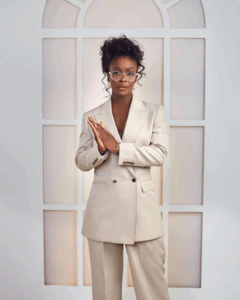

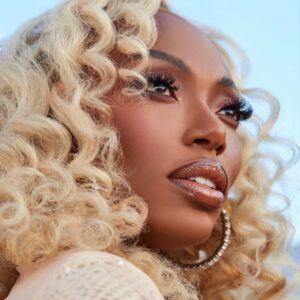
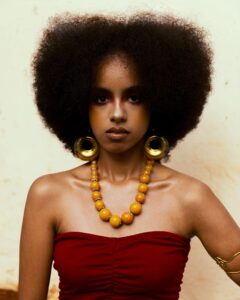
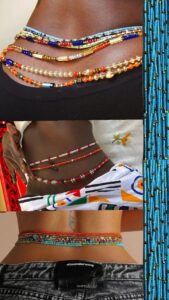

Don’t miss a thing! Sign up to get new content sent directly to your inbox.